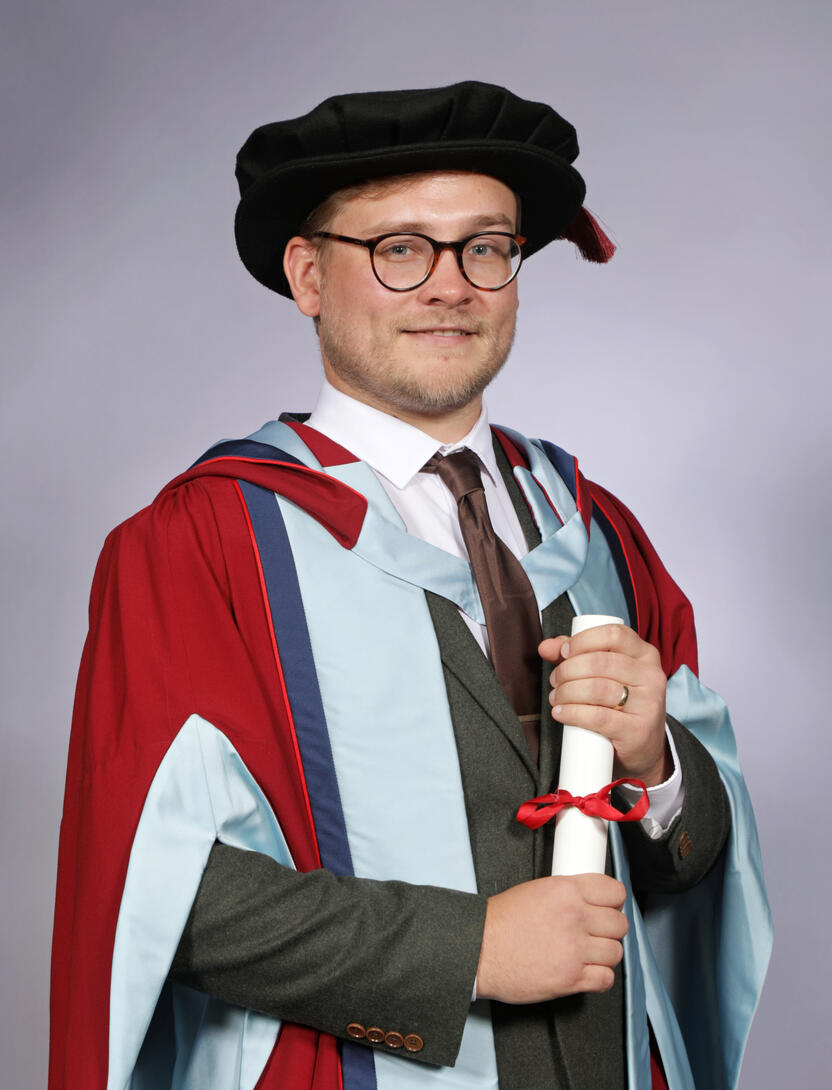
Ross D. Hammond, PhD
Electroacoustic Researcher & Design Engineer
About
👋 I’m Ross Hammond, an electroacoustic design engineer and consultant based in the East Midlands, UK. With 10+ years of experience in the audio industry, a PhD in Electroacoustics from the University of Derby, and a strong track record including design of the largest PAVA system in the UK, I specialise in speech intelligibility, PAVA system design, sound reinforcement systems, and acoustic modelling. My research has been cited in British Standards BS 60268-16 and BS 7827.
Contact & Links
For consultancy services, please visit Hammond Electroacoustics
Key Skills
Acoustic Computer Modelling (stadia, arenas, transport, heritage)
Speech intelligibility analysis (STI, STIPA, compliance assessment)
PAVA and sound reinforcement system design
R+D (DSP, intelligibility, acoustic design, spatial audio)
Experience / Education
PhD in Electroacoustics University of Derby (2024)
MSc in Audio Engineering University of Derby (2017)
PAVA Design Engineer Telent Technology Services (2023-Present)
Principle Consultant Hammond Electroacoustics
Previous roles in acoustics R+D and live sound engineering.
Research & Publications
AES, IOA and UoD award-winning research with works cited in British Standards BS 60268-16 and BS 7827.R. Hammond, "Analysis and Modelling of Human Impact on Sound Reinforcement and Reproduction in Large Spaces," PhD Thesis submitted to University of Derby (2024).R. Hammond and A. J. Hill, “On the effects of occupation on stadia sound system intelligibility,” J. Audio Eng. Soc., (TBC).P. Mapp and R. Hammond, “The Effects of Spectators on the Speech Intelligibility Performance of Sound Systems in Stadia and Other Large Venues,” presented at the 147th Convention of the Audio Engineering Society, New York, USA (2019, Oct.). – cited in BS7827-2019.R. Hammond, P. Mapp and A. J. Hill, “Modelling the Effects of Spectators on Speech Intelligibility in a Typical Soccer Stadium,” J. Acoust. Soc. of Amer., vol. 145, no. 3 (2019).R. Hammond, P. Mapp and A. J. Hill, “Modelling the Effects of Spectator Distribution and Capacity on Speech Intelligibility in a Typical Soccer Stadium,” presented at the 146th Convention of the Audio Engineering Society, Dublin, Ireland (2019 Mar.).R. Hammond, A. J. Hill and P. Mapp, “Discrepancies between Audience Modelling Methods in Performance Venues,” Proceedings of the Institute of Acoustics: Reproduced Sound, vol. 40, no. 4 (2018).R. Hammond, A. J. Hill and P. Mapp, “On the Accuracy of Audience Implementations in Acoustic Computer Modelling,” presented at the 145th Convention of the Audio Engineering Society, New York, USA (2018 Oct.).R. Hammond, “Three Restrictions of the Speech Transmission Index for Assessment of Speech Intelligibility of Public Address and Voice Alarm Systems,” MSc Thesis submitted to University of Derby (2017).R. Hammond, P. Mapp and A. J. Hill, “Disagreement between STI and STIPA Measurements due to High Level, Discrete Reflections,” presented at the 142nd Convention of the Audio Engineering Society, Berlin, Germany (2017 May).R. Hammond, P. Mapp and A. J. Hill, “The Influence of Discrete Arriving Reflections on Perceived Intelligibility and Speech Transmission Index Measurements,” presented at the 141st Convention of the Audio Engineering Society, Los Angeles, USA (2016 Oct.). – cited in BS60268-16-2020.R. Hammond, P. Mapp and A. J. Hill, “The Influence of Discrete Arriving Reflections on Perceived Intelligibility and Speech Transmission Index Measurements,” presented at the 140th Convention of the Audio Engineering Society, Paris, France (2016 Jun.).R. Hammond, “The Influence of Discrete Arriving Reflections on Perceived Intelligibility and Speech Transmission Index Measurements,” BSc Dissertation submitted to University of Derby (2016).